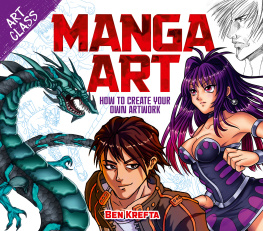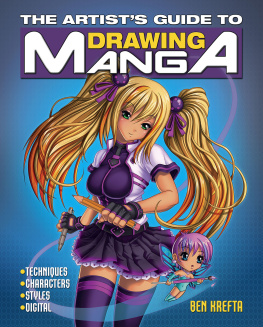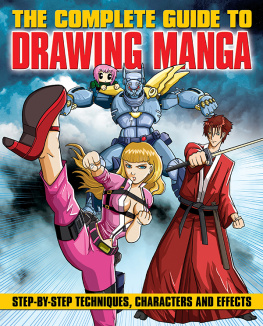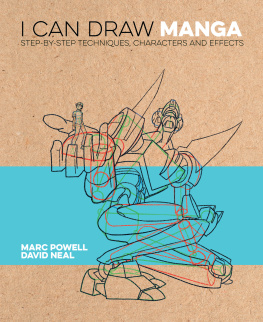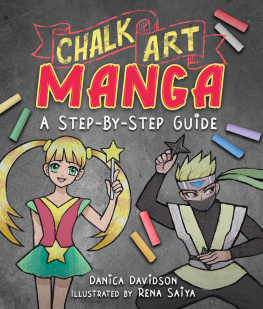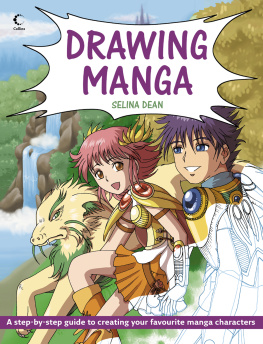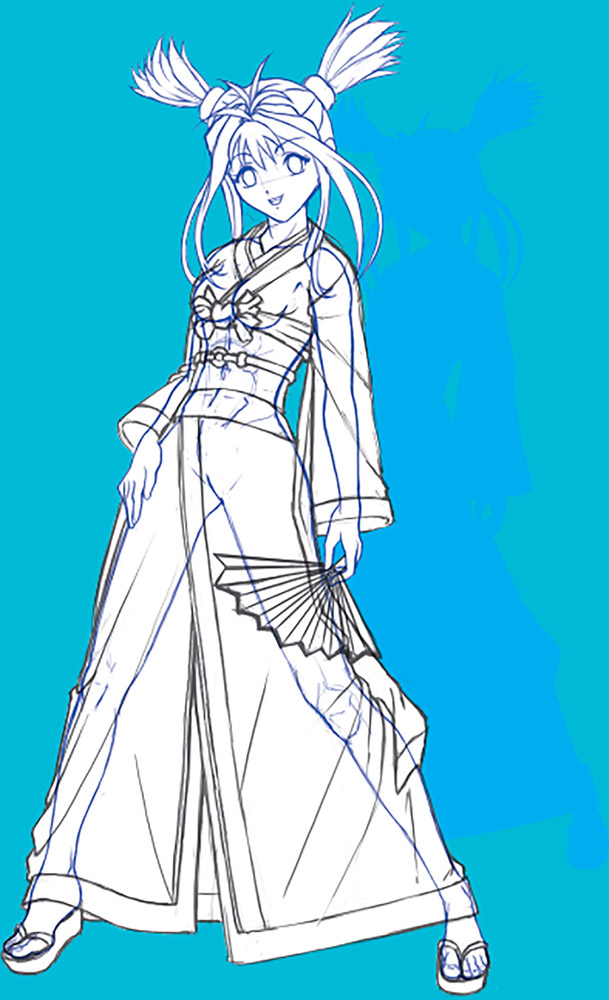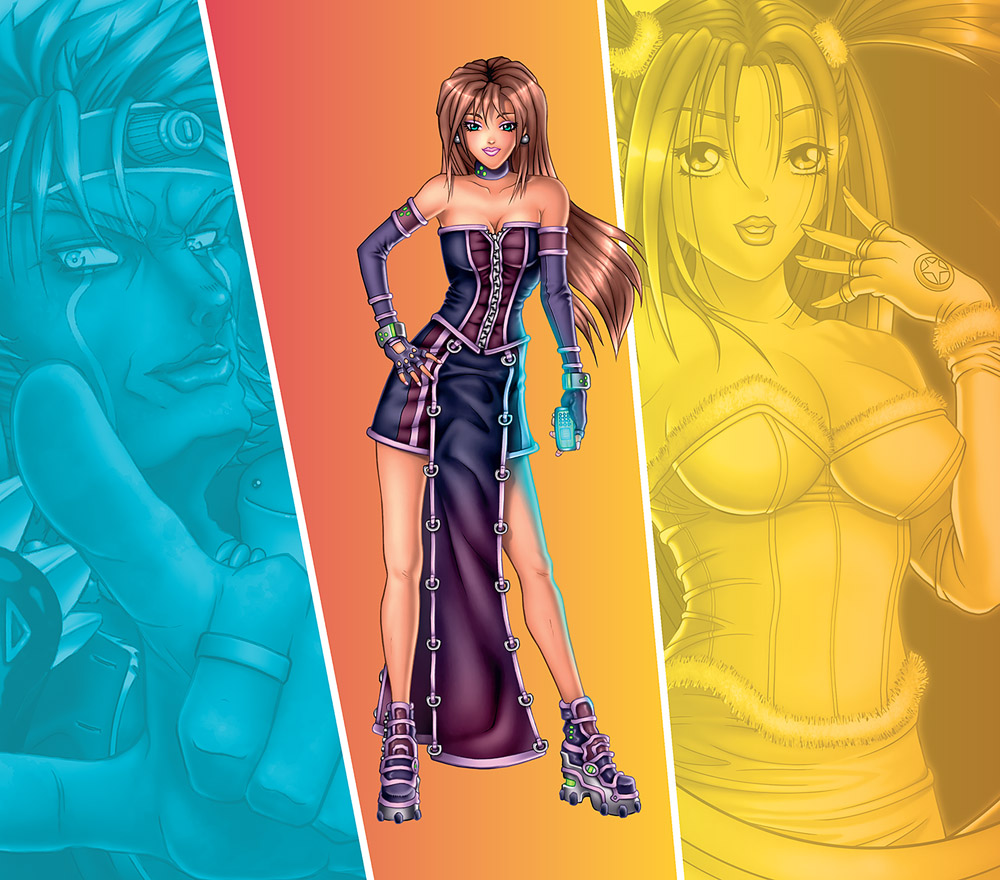
Mangaits just a fad, isnt it? said one of my art tutors at university. He would perhaps be surprised to see how this particular fad has exploded in popularity in the West. Manga art, games, movies, comics, fashion, and other aspects of Japanese culture now have a loyal and growing following. Comic and pop culture shows and conventions are often attended by devoted fans sporting costume play (cosplay) outfits of their favorite manga and game characters.
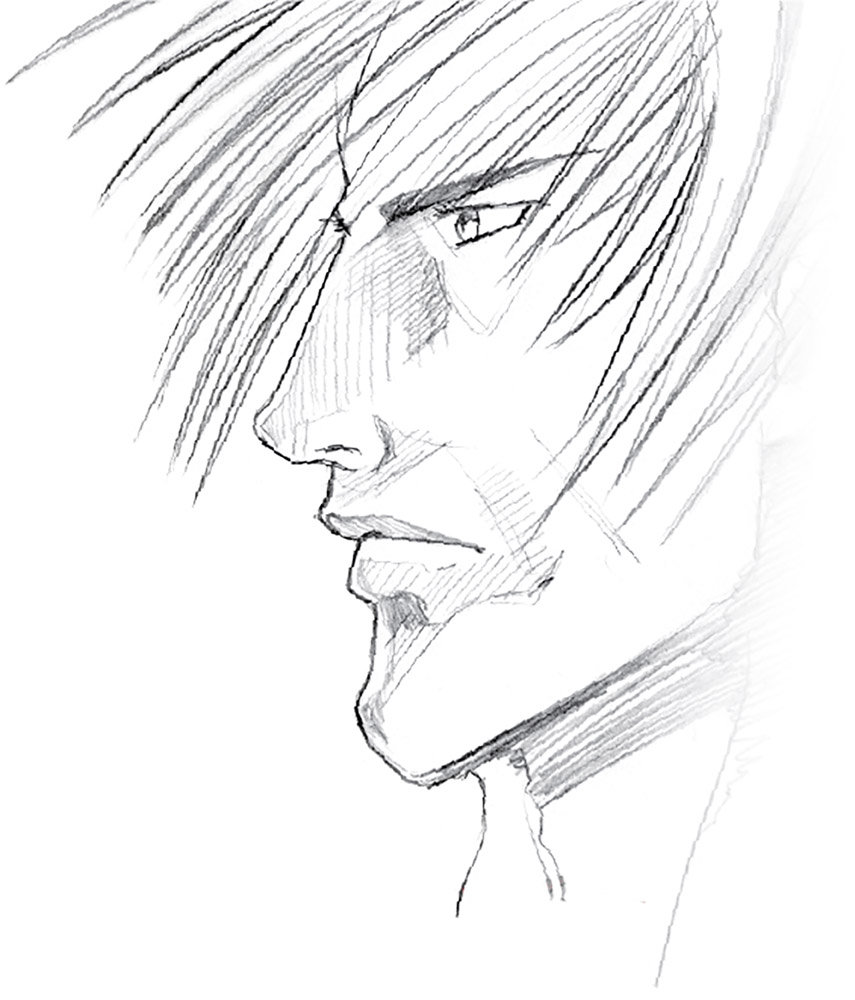
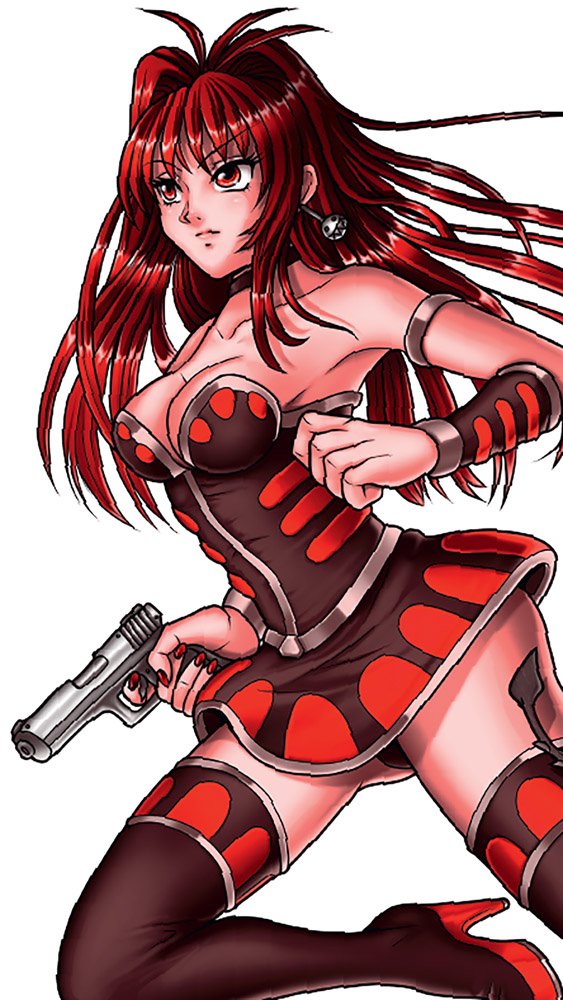
How to recognize manga
Most character artists start with line art, which they then color and render in the style they like best. Many modern manga-style artists fuse a variety of Western styles into their artwork. They also use idiosyncratic coloring styles, such as a flat-tone cel effect and a soft airbrush style, together with more traditional painterly effects. (A cel, or celluloid, is a transparent sheet on which characters and props are hand-drawn or painted for 2D animation and cartoons.) Many digital manga artists produce a soft, shaded style of coloring which has an airbrushed look to it. Japanese artists sometimes refer to this as manga CG (computer graphics). Some opt for a painterly style to mimic watercolors, markers, or acrylics.
Manga styling
The manga style has gradually evolved over the last century, but in the 1960s80s it really seemed to commit to the visuals that many fans are familiar with to this day. These often include the following characteristics:
Large eyes (especially for female and younger characters)
Small noses, usually simplified as a dot or an L-shaped line
Flat-looking faces and angular chins
A wide range of hair and eye colors
Overstated hairstyles
Lean body types
Exaggerated breast size
Emotion indicators, such as an oversized sweat drop or cruciform vein on the head
Simplified line work
Background effects such as speed lines or patterned tones
Manga styles should be adapted as you prefer. In this book I use a range of different styles and themes, including digital media, to illustrate how to draw various manga creations. Over the years I have developed my own way of doing things and this will undoubtedly be evident in the artwork here. If you want to experiment with adapting any of the characters to be, for example, even more cute and chibi, go for it! Or if you prefer dark, moody schemes, dont feel you need to stick with the bright and colorful tones I use.
Your manga artist journey
Drawing is a skill that takes a lot of time to master. Its a neverending process of development that can deliver a massive sense of achievement, fun and excitement, but it can make you feel defeated if things arent going quite right. Remember that whether youre 13 or 30 you can already draw, and the more you practice the better youll be.

Before embarking on the tutorials in this book, think about where you are right now. Design yourself a characterjust make it up in your head. This is your starting point. After a few weeks of practice and working through the tutorials, try doing the same thing again and seeing how much youve improved.
Its a good idea always to date your work, either on the paper itself or on a labeled folder on your computer. Every few months, take out all your drawings and lay them out in sequence or post them on your wall. Notice where youve improved and see if you can identify areas that need more work. Try turning your drawing upside down or looking at it in a mirrorareas that arent working will jump out at you. The idea is to be your own critic, but be kind to yourself at the same time. Take pleasure in your achievements and if you feel you havent progressed as much as youd hoped, use that as an incentive to improve rather than beat yourself up about it.
If youre halfway through a drawing and feeling frustrated that it doesnt seem to be going well, dont give up and throw it in the bin. Take a break and come back to it later. Set some drawing goalsa series of sketches, some inked drawings, or full-color artwork. Then set aside some time to complete them. Maybe tackle one task a day, or complete a full-color work each week.
Carry a sketchbook at all times and draw whenever you have a moment to yourself or when inspiration hits you. Make use of tablet or phone apps for drawing and painting. Keep your art gear close at hand so that you can start straightaway.
Read manga, watch anime, play video games and generally immerse yourself in whatever you love to fuel your passion. Remember to analyze what you like and dont like about the artwork. Make notes and keep a record of your ideas. Perhaps join an art class so that you can draw or paint with other students, all learning from one another. Alternatively, enter the online realm to collaborate with others around the world. Copy, trace, draw from photos and lifeas long as you are drawing, you are improving. Ultimately, I hope youll be able to apply your developing skills to creating your own style of manga characters. Draw a lot, experiment widely, andmost importantlyhave fun!
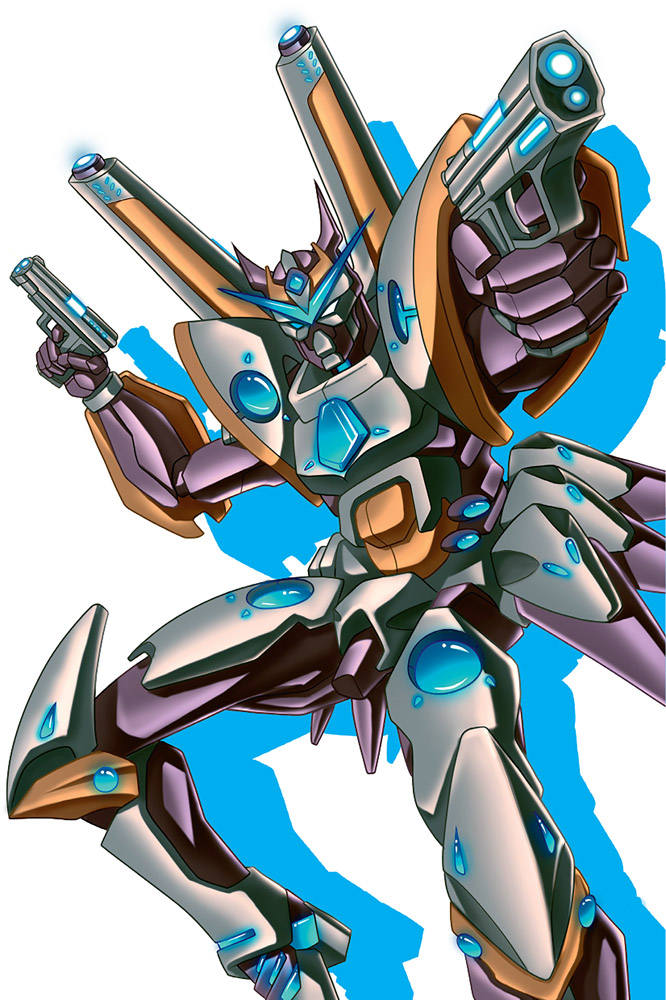
Tools and Materials

You can start creating artwork with just a pencil, an eraser, and some paper. But I recommend experimenting with different media to discover what suits your style, be it colored pencils, paint, markers, or one of the many digital software packages available.
A well-arranged workspace is essential. Some people are happy to draw in a sketchbook or a tablet on their lap, and thats fine, but it will take hours of practice to reach a good standard so youll need a working environment that is comfortable for long stretches of time. An ergonomic chair is useful for lengthy drawing sessions, and a clean, tidy environment can help to unclutter your mind. However, its still useful to have reference books close at hand, or access to images on your computer, for those times when you need a little extra inspiration or guidance.

